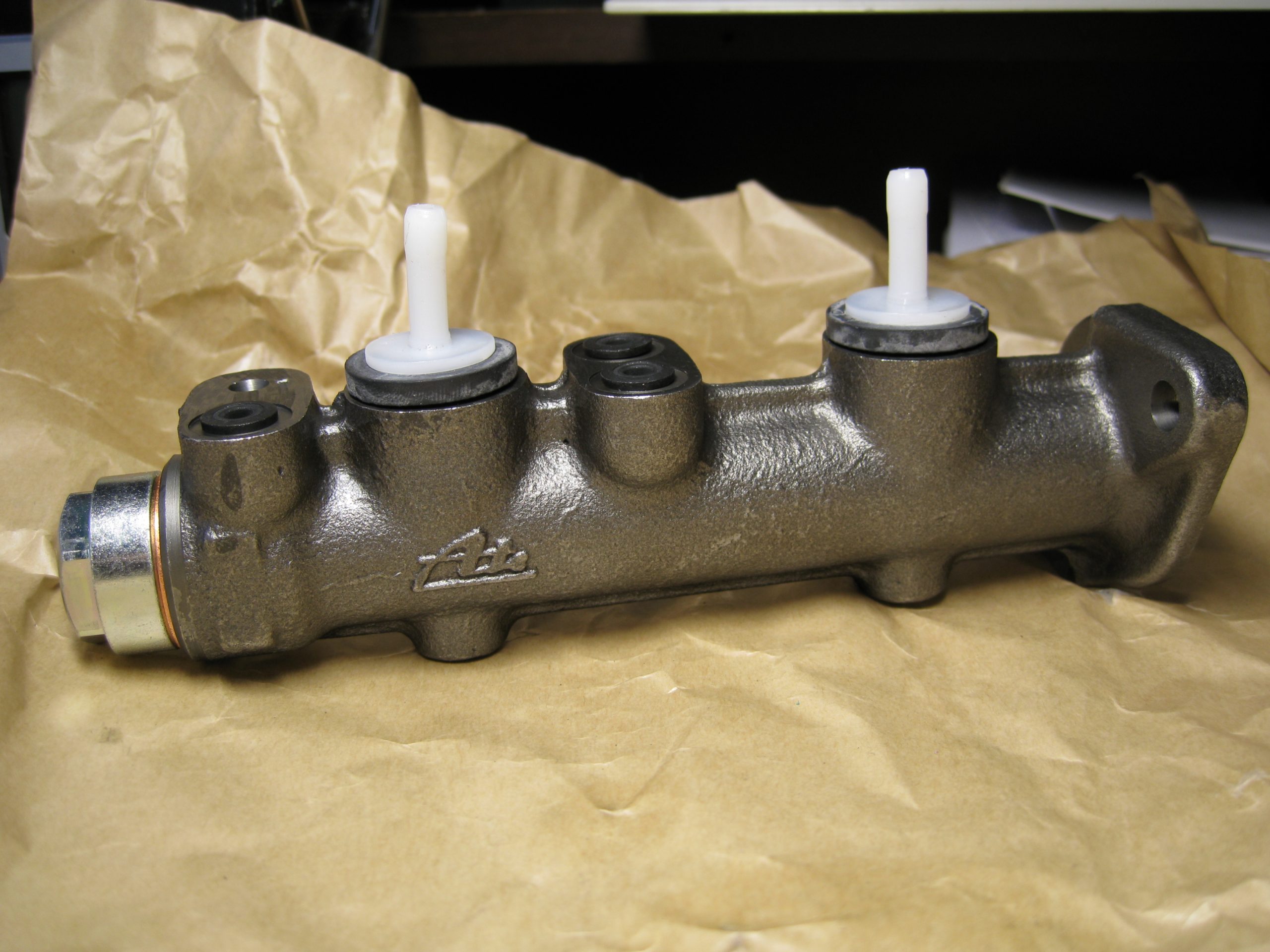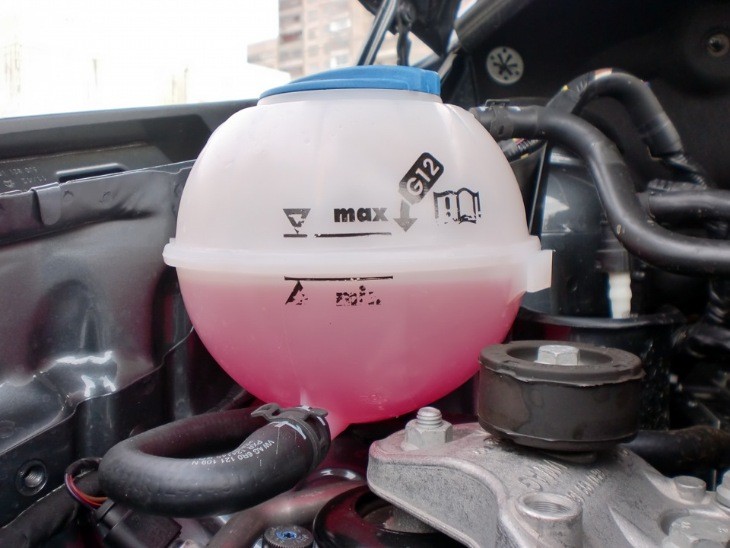
Symptoms of a Faulty or Faulty Trunk Lock Cylinder
Content
Common signs include that the key does not fit into the keyhole, the lock does not turn or feels tight, and there is no resistance when the key is turned.
Your trunk comes in handy for a variety of things, whether it's filling it with groceries, sports equipment, or weekend packages. Chances are you're using the trunk fairly regularly. In addition to locking/unlocking the trunk on many vehicles, the trunk lock mechanism may also engage the power main or all door function, or the unlock function on some vehicles. As a result, the trunk lock mechanism is an important safety component. The trunk lock consists of a lock cylinder and a locking mechanism.
Note. In this description of automotive components, "trunk lock cylinder" also includes a "hatch" lock cylinder for hatchback vehicles and a "tailgate" lock cylinder for station wagons and SUVs so equipped. Parts and service items for each are indicated as follows.
The trunk lock cylinder serves as both a protective component of the system and an actuator for the trunk locking mechanism, which can be mechanical, electric or vacuum. The key, of course, must match the inner lock cylinder to ensure the integrity of the locking function, and the lock cylinder must also be free of dirt, ice and corrosion in order to function properly.
The trunk lock cylinder ensures that you can lock items in the trunk or cargo area and secure your vehicle and its contents to keep them safe and sound. The lock cylinder may fail, which means that the part needs to be replaced.
There are several different types of trunk lock cylinder failure, some of which can be corrected with simple maintenance. Other types of failures require more serious and professional diagnostics. Let's look at the most common failure modes:
1. The key does not enter or the key enters, but the lock does not turn at all
Sometimes dirt or other road grit can accumulate in the trunk lock cylinder. Vehicle aerodynamics exacerbate this problem in almost all vehicles by drawing in road grit and moisture. In addition, in northern climates, ice can form in the lock cylinder during winter, causing the lock to freeze. Lock de-icer is a common de-icing solution; usually comes as a spray with a small plastic tube that fits into the key hole. Lubricating the lock as described in the next paragraph MAY solve the problem. Otherwise, it is recommended to have a professional mechanic check the lock or replace the lock cylinder.
2. The key is inserted, but the lock is tight or difficult to turn
Over time, dirt, road grit, or corrosion can accumulate in the lock cylinder. The interior of the lock cylinder includes many fine precision parts. Dirt, sand and corrosion can easily create enough friction to cause resistance to turning a key inserted into a lock cylinder. This can often be corrected by spraying a so-called "dry" lubricant (usually Teflon, silicon, or graphite) into the lock cylinder to wash away dirt and grit and lubricate the interior of the lock cylinder. Turn the wrench several times in both directions after spraying to spread the lubricant over all parts. Avoid using "wet" lubricants - while they can loosen lock cylinder components, they will trap dirt and grit that enters the lock, causing problems in the future. AvtoTachki can take care of this by checking the lock cylinder.
3. No resistance when turning the key and no lock/unlock action occurs
In this case, the internal parts of the lock cylinder almost certainly failed or the mechanical connection between the lock cylinder and the trunk locking mechanism failed. This scenario requires a professional mechanic to investigate the issue.
